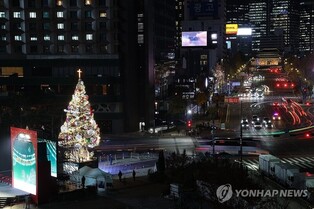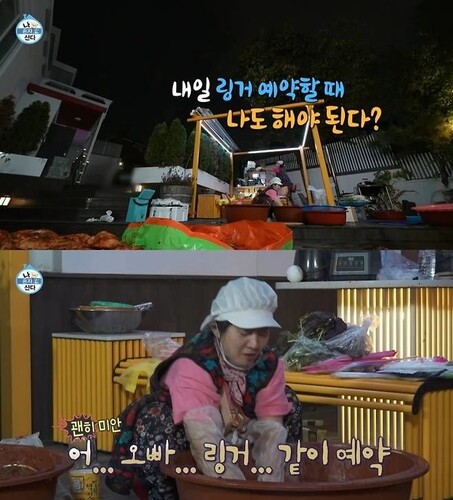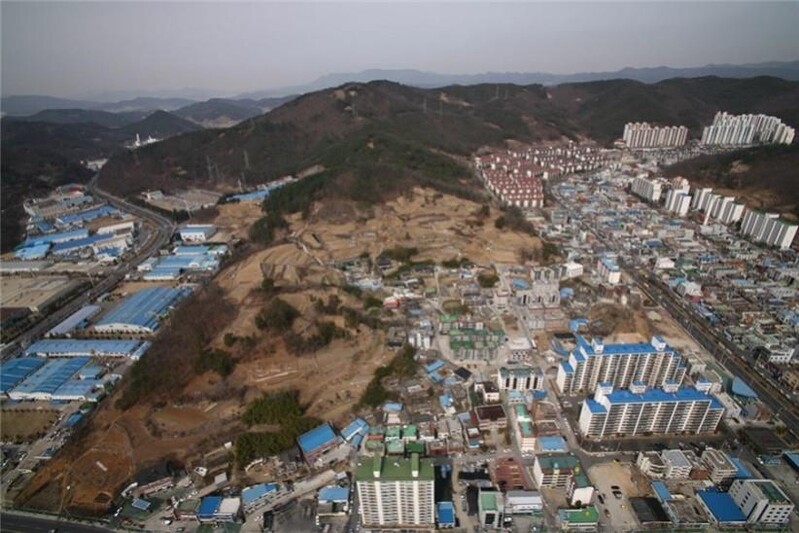 |
| ▲ This photo, provided by the Korea National Heritage Online, shows the aerial view of the Ancient Tombs in Hwangsang-dong, Gumi. (PHOTO NOT FOR SALE) (Yonhap) |
 |
| ▲ This photo, provided by the website of the Cultural Heritage Administration, shows the damage of Ancient Tombs in Hwangsang-dong, Gumi, being classified as 'robbery' under the Cultural Heritage Administration's 'Stolen Cultural Heritage Information.' (PHOTO NOT FOR SALE) (Yonhap) |
SEOUL, August 16 (Yonhap) -- It has been confirmed that Ancient Tombs in Hwangsang-dong, Gumi, which are considered as one of the relics that can reveal the history and culture of the Three Kingdoms period, were partially damaged last year.
According to the "Stolen Cultural Heritage Information" recently released by Gumi City and the Cultural Heritage Administration on Monday, traces of damage were found around tomb 74 and 77 in the Ancient Tombs in Hwangsang-dong around August of last year.
Located in Hwangsang-dong, Gumi city, the ancient tombs are one of the tombs in the northern part of North Gyeongsang Province presumed to have been built in the 4th and 6th centuries, when Silla was establishing itself as an ancient nation, and was designated as a historic site in 2006.
In excavations and detailed surveys conducted since 1962, a total of 271 tombs were identified, including 59 wooden tombs and stone tombs, along with more than 2,000 relics being excavated.
It is understood that the damage to the tomb was discovered and reported by a resident who was collecting mushrooms last year.
As a result of the investigation conducted by Gumi City and the Cultural Heritage Administration, a pit with a diameter of 60cm and a depth of about 30cm was found around Tomb 77. This pit was dug and then filled again, but was confirmed that there was one mounted dish.
In the case of Tomb No. 74, the size of the pit was larger, about 110 cm in diameter and 90 cm in depth.
"It has been confirmed that it has been excavated, and the stone material has been partially exposed along the excavation surface. The traces of probe rod are also evident," said Gumi city regarding the damage, mentioning the possibility of robbery.
Gumi city has repaired the damaged parts through an on-site investigation.
"As there was also a possibility of digging a hole and stabbing the surroundings with an iron skewer, this possibility was also reviewed," a city official said.
It has been revealed that there were no CCTVs around the area at the time.
"We are investigating various possibilities, including the possibility of having these (ancient tombs) touched without knowing that it is a designated historic area," said the city official. "As we have implemented recovery measures based on the Internet of Things (IoT), such as CCTV and thermal imaging devices, we will complete it within this year."
The Cultural Heritage Administration is also keeping an eye of these patterns.
"With having no CCTV at the time, it is difficult to catch the thief if the person is not caught on the spot," explained an official from the Cultural Heritage Administration. "We are investigating while confirming similar cases in the Gyeongbuk area."
(This article is translated from Korean to English by Haemin Kim.)
(END)
(C) Yonhap News Agency. All Rights Reserved






















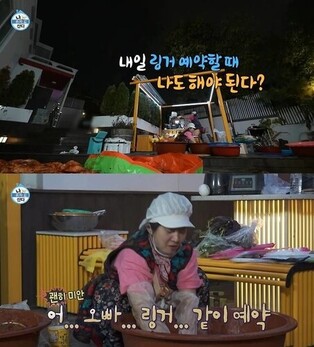

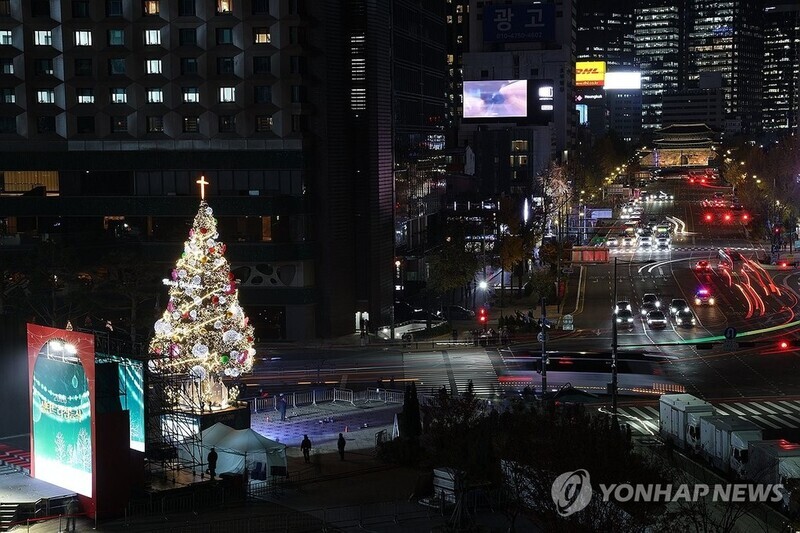

![[가요소식] 10대 싱어송라이터 민서, 데뷔 싱글](/news/data/20251211/yna1065624915952705_742_h2.jpg)
